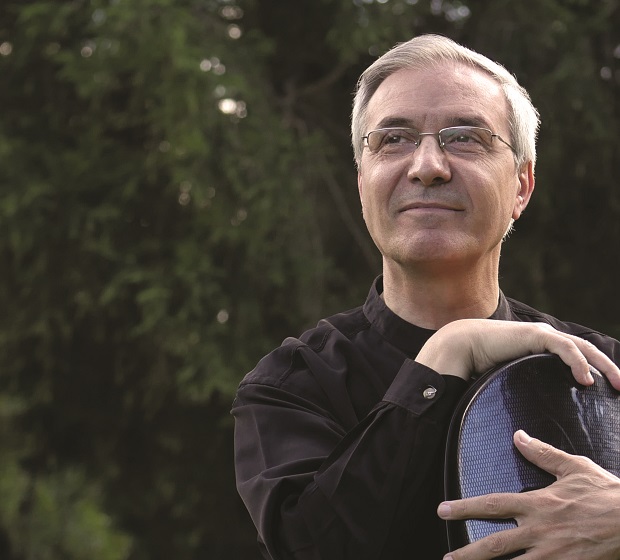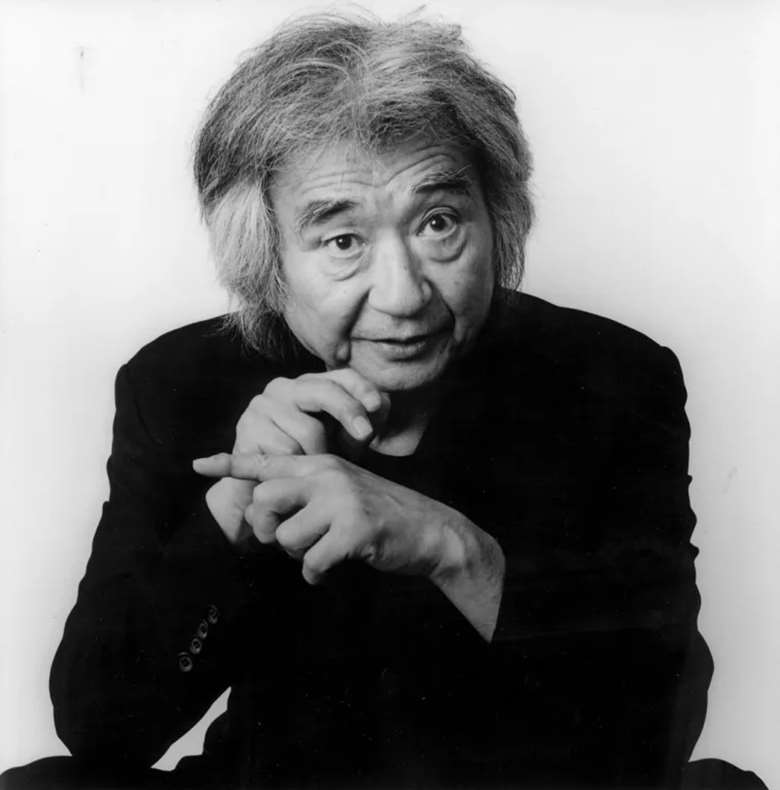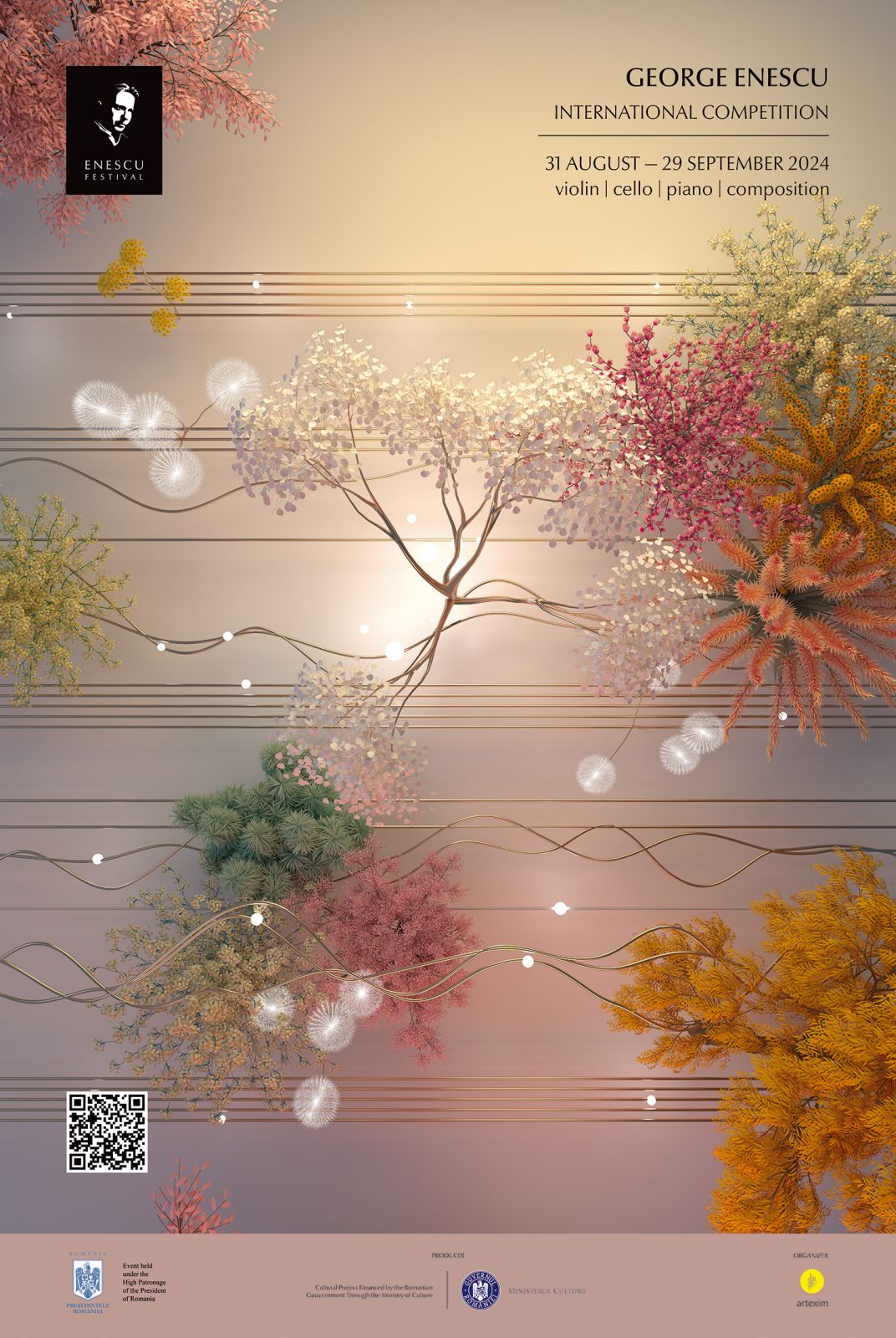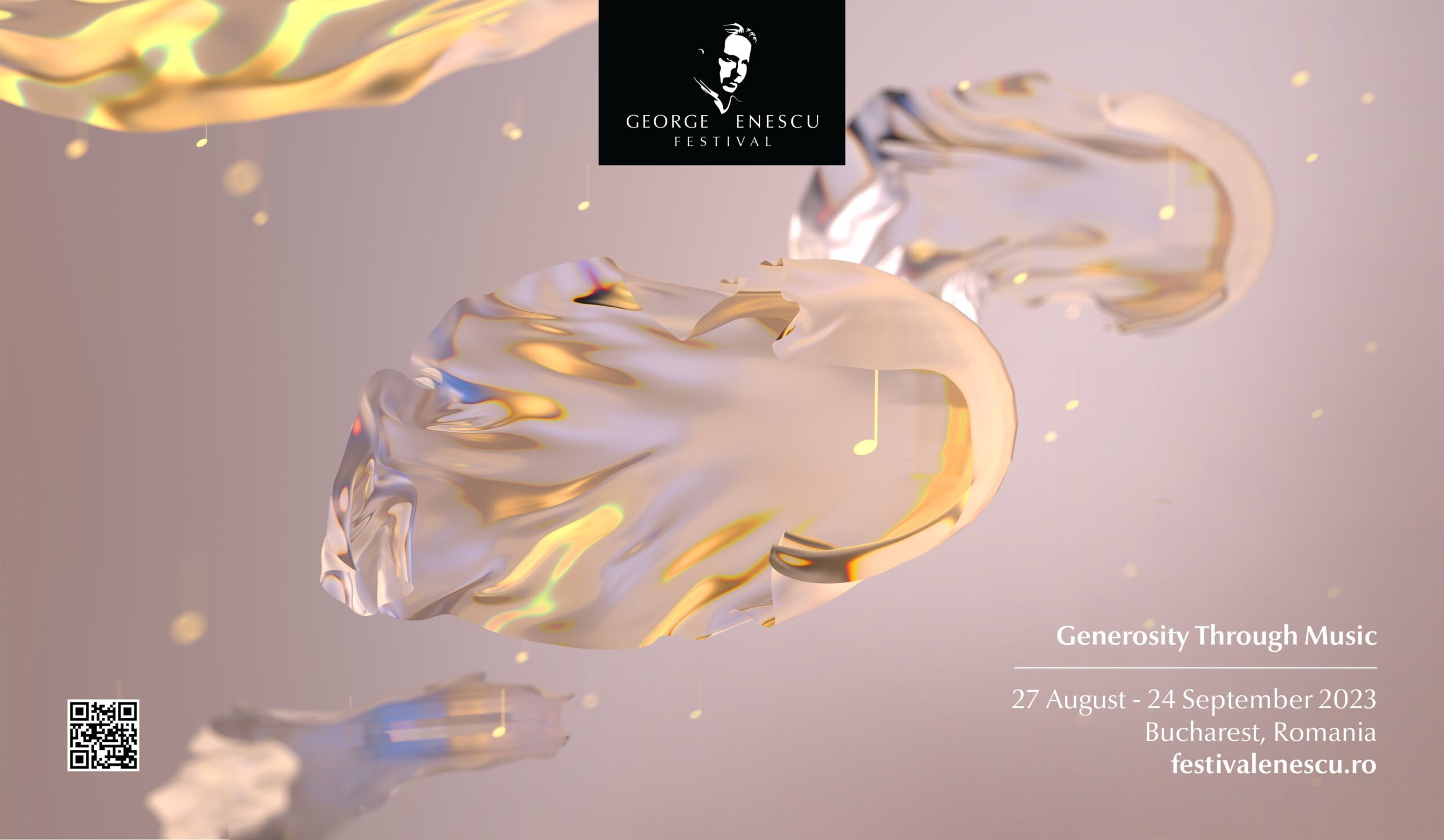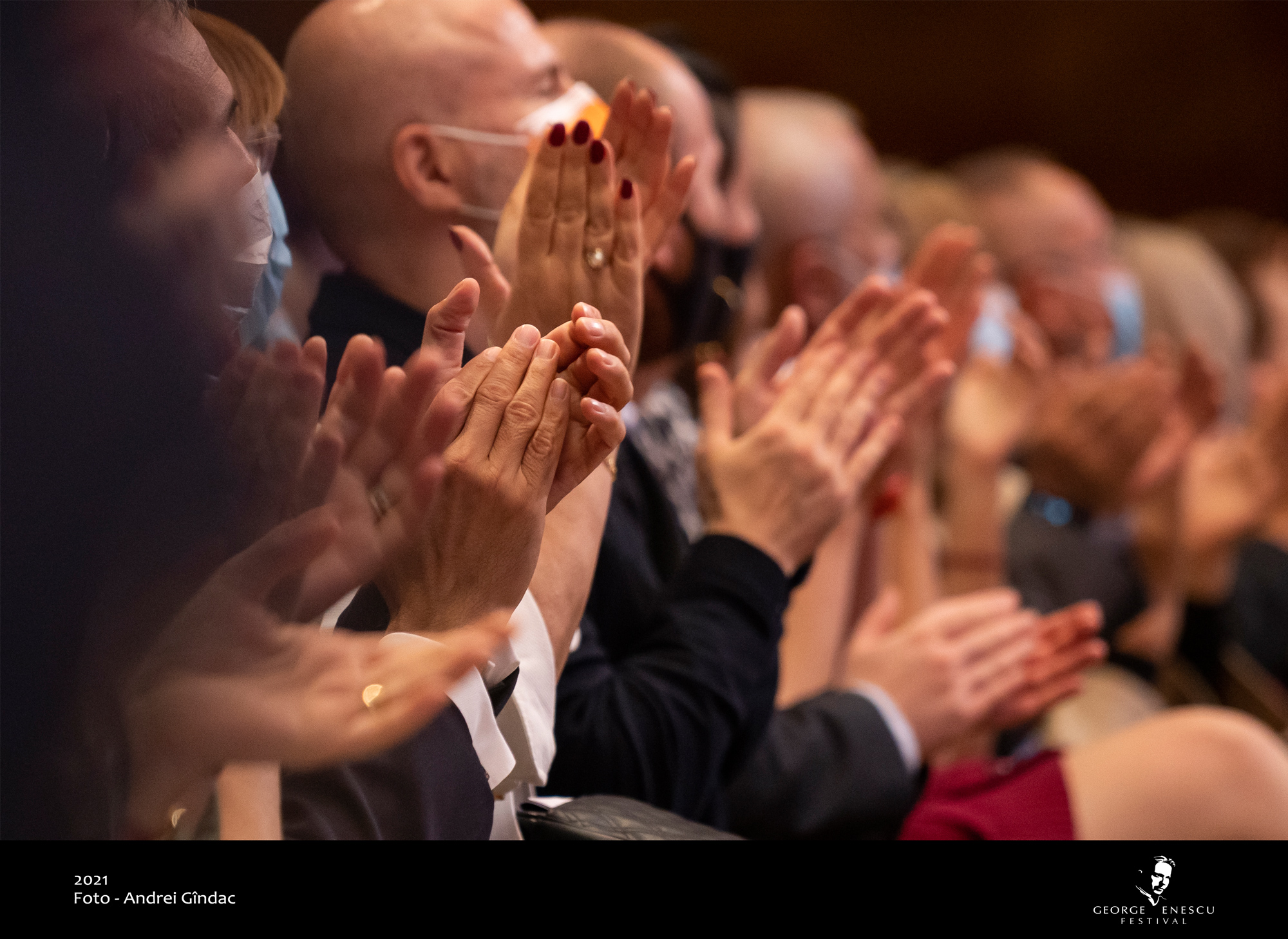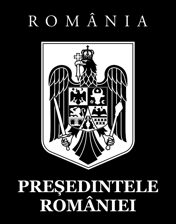Expectations and Achievements of the George Enescu International Competition through the Inclusion of the Cello Section
My reasoning, presented since 2000 to the Festival directors Ioan Holender and Mihai Constantinescu, yielded fruit in 2011, with the appearance of the cello section in the George Enescu International Competition, a fact that represented both a novelty and a challenge for the musical and competitive world. Nobody in the management of the George Enescu International Competition and Festival imagined, at that time, if the cello section would be successful and that it would become an important pole of the competition. Today one can see that this section is indeed successful and contributes to the positive image of the competition and especially to the development of the artistic level of Romanian and foreign cellists.
My advocacy for the inclusion of the cello section was based on an analysis strengthened over more than three decades, which emphasised that the cello has become, particularly in the last century and a half, one of the instruments most beloved by music enthusiasts, an instrument that even today ranks third, after the piano and the violin, in public preference and is present in concert seasons all over the world. George Enescu dedicated to the cello his only concertante piece, the Symphonie concertante Op. 8, two sonatas for piano and cello, two works for cello and piano and one for two cellos and organ.
The level of cellists around the world is consistently assessed as very high, both in professional schools in Europe as well as in universities in the USA, Canada and Asia. The Romanian cello school, founded more than 150 years ago by Constantin Dimitrescu, cellist and composer who studied in Vienna and Paris, has always kept up with the technical and interpretative developments of schools in countries with a tradition in this domain, and it is fair to say that our school has also prepared and enshrined veritable legends, recognized as such throughout the world.
From the very first edition of the cello section in 2011, the number of participants has been surprisingly high and has been maintained at a very high level in the following editions. Cellists from all continents have demonstrated their talent and mastery during these first five editions of the cello competition. The 1st prize winners of the cello section were: in 2011 – Tian Bonian from China, 2014 – Hong Eun Sun from South Korea, 2016 – Zlatomir Fung from the USA, 2018 – Marcel Johannes Kits from Estonia, and in 2020/21 – Jaemin Han from South Korea. These cellists have proven their outstanding artistic level at other international competitions and each is pursuing a successful career.
At the first edition in 2011 of the cello section, the 2nd prize was won by Valentin Răduțiu, a German cellist of Romanian origin, and at the last edition, in 2021, the 3rd prize was won by the Romanian cellist Ștefan Cazacu.
One could say that the future sounds good for Romania, if one considers that, at the current edition, 2022, three of the eleven semi-finalists of the cello section are young Romanian cellists studying at the National University of Music in Bucharest: Izabela Ghergu, Constantin Borodin and Sofia Blându. The George Enescu International Competition has become, over time, one of the most prestigious classical music competitions, known on all continents and with a real appeal to all the sections it organizes.
I would like to emphasise the fact that Artexim, the organiser of the George Enescu Competition and Festival, has greatly contributed to the prestige and visibility of these two events, considered the most important in Romanian musical life and among the most famous internationally.
Marin Cazacu
